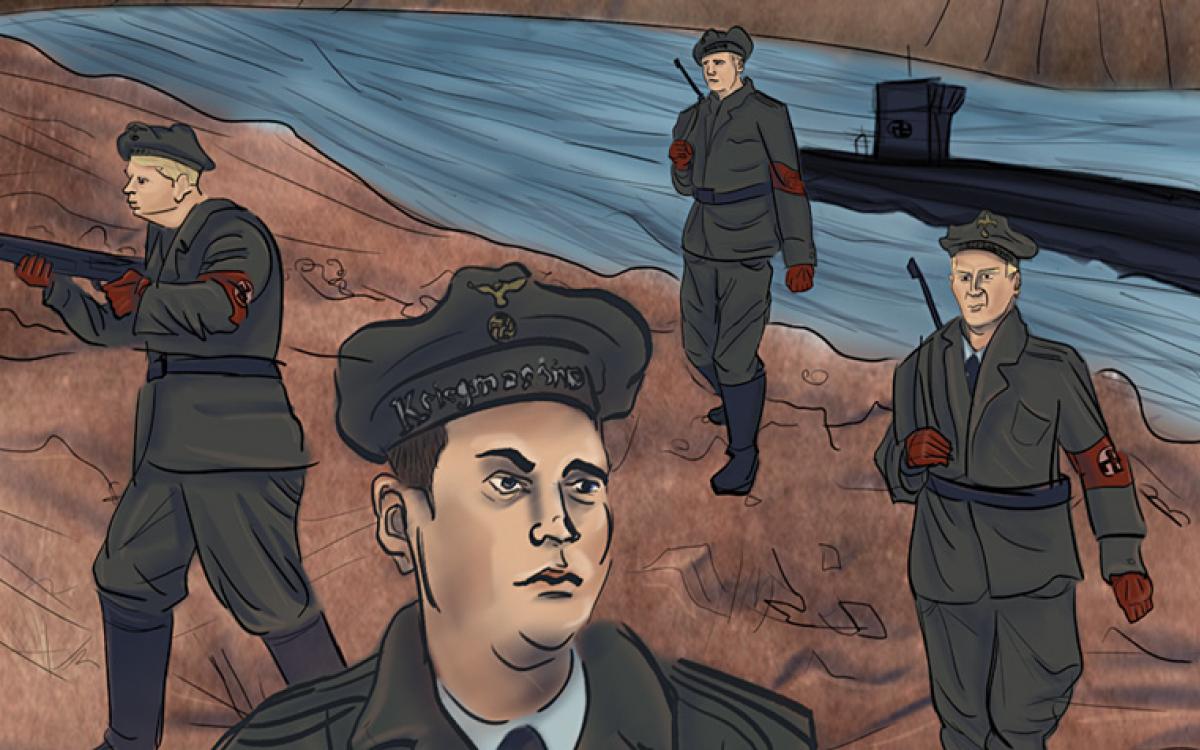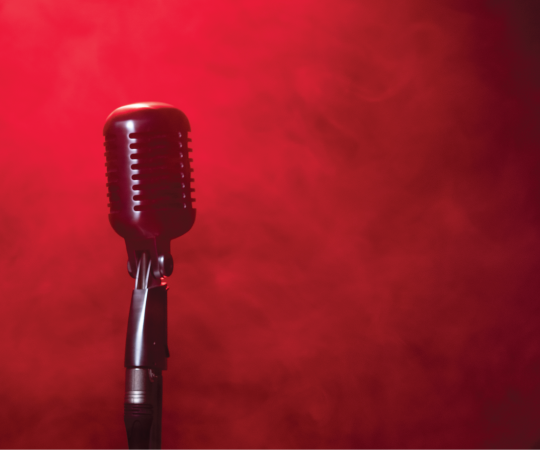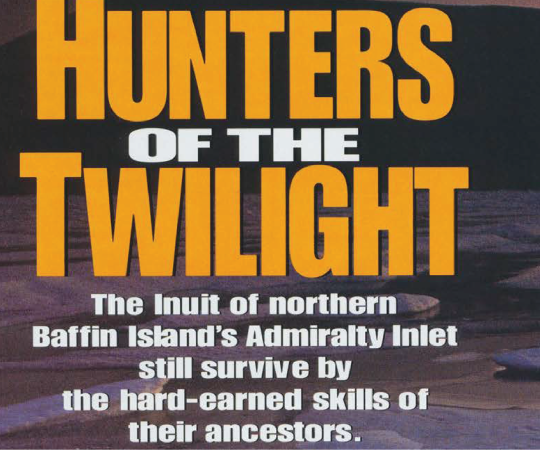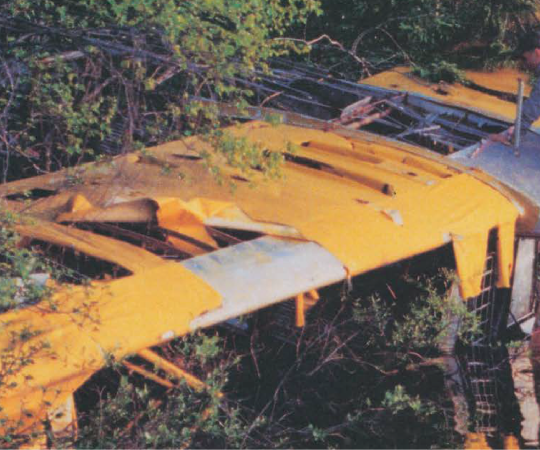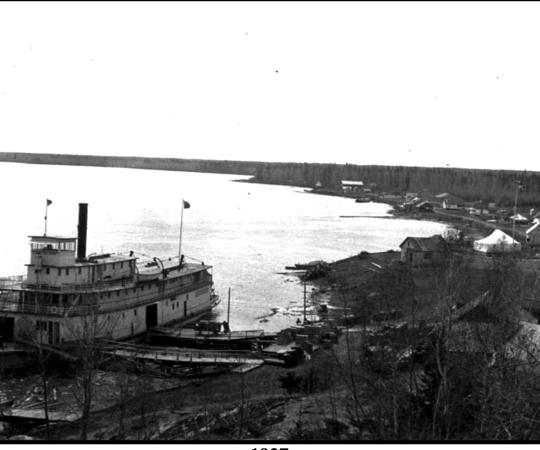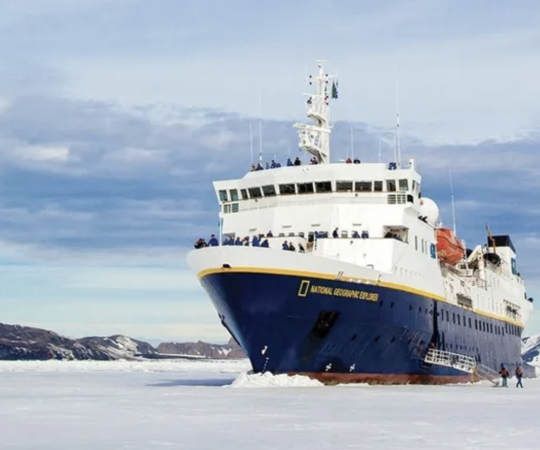It’s October 22, 1943. Kriegsmarine U-boat captain Peter Schrewe stands on the mountainous tip of northern Labrador, peering at the fog settling over Davis Strait. As the wet cold nips him through his navy-wool coat, he realizes that he and the four-dozen officers standing with him are the first Nazis to land under arms in North America. He’s come here on a mission to help the Third Reich forecast the weather in the North Atlantic. Right now, though, his singular worry is being spotted.
Schrewe and his crew of 58 men aboard the German unterseeboote-537 had left Kiel, Germany a month earlier, carefully crossing the North Atlantic and evading the deadly Canadian submarine-killer air squadrons. They’d sighted Labrador through the periscope, waited for fog to settle and offer cover, then anxiously navigated uncharted Martin Bay off Killiniq Island. There, Schrewe ordered the 76-metre submarine to drop anchor and surface, deep in enemy territory.
Once U-537’s hatches opened, Schrewe handed control of the operation to Professor Kurt Sommermeyer. Up to this point, Sommermeyer had ridden along as an observer. He wasn’t a naval officer but an employee of the Siemens Corporation, which was linked with the Nazi regime. Unlike the others, his spot on the boat was reserved to oversee the installation of an automated weather station, designed by Siemens and fittingly code-named “Kurt.” It took the men about four hours to ferry the pieces of the station to shore and install them on a hill about 50 metres above the water. The U-boat, however, remained surfaced for nearly 48 hours as Sommermeyer laboured to confirm the station was working. Then, at 5:40 p.m. on October 23, he re-boarded and U-537 disappeared back into the sea.
Weather, the age-old nemesis of sailors, was helping decide the Second World War. In 1943, the Battle of the Atlantic, which U-537 was built to fight in as part of the Kriegsmarine wolf pack, was at its peak. In the North Atlantic, the Allies’ so-called Atlantic Bridge – a flotilla of ships carrying troops and supplies – was serving as a literal lifeline from North America to Britain. Of the bridge, British Prime Minister Winston Churchill wrote, “Everything happening elsewhere – on land, at sea and in the air – depended ultimately on its outcome.” Adolf Hitler viewed destroying this link as a key to victory. Every Allied ship sunk by the wolf pack meant the advantage shifted to the Nazis.
As U-537 surfaced, the annual hunt for harp seals by the local Inuit, camped just across the island at Port Burwell, was well underway. Incredibly, none of them spotted the massive U-boat.
In the North Atlantic, weather systems usually move from west to east. This gave Canada and the Allies a natural advantage in the water – they knew what the weather would be before the Germans did. It also led to one of the most intriguing yet least-known battles, the Weather War, in which the Arctic became the frontline. From about 1941 onward, the Allies and Nazis repeatedly built weather stations, and destroyed one another’s, on islands and archipelagos few knew even existed – Spitsbergen, Jan Mayen, Novaya Zemlya, Bear Island, Hope Island and Franz Joseph Land.
But the sixth of 21 such Nazi installments, Weather Station Kurt, was different. It was automated and inconceivably daring. Composed of 10 heavy steel canisters, each weighing about 100-kilograms and packed with high-voltage batteries, it also included a tripod, mast and a high-power transmitter. In hopes of evading detection, the station was designed to transmit wind speed, wind direction, barometric pressure and temperature for just two minutes every hour. Painted in a dull gray, the Nazis surreptitiously labelled it as belonging to the non-existent “Canadian Weather Service.” (Several accounts now say the Germans ignorantly spelled Canada with a ‘K.’) To provide further cover, empty packs of American cigarettes were scattered near the site. No matter, as it was in the last place the Canadians would look for it: Canada.
Not that there wasn’t luck involved. The Nazis had judged a late-October landing in Arctic Labrador as the least likely time to encounter people. They were wrong. As U-537 surfaced, the annual hunt for harp seals by the local Inuit, camped just across the island at Port Burwell, was well underway. Incredibly, none of them spotted the massive U-boat.
Strange fates awaited those involved in the Kurt project. In 1944, the USS Flounder sunk Schrewe and U-537 in the Java Sea. At the same time, after very limited success with automated weather stations on land, the Nazis designed automated buoys that could relay weather information back to Germany. Further, though another automated station was reportedly planned for the Canadian Arctic, it was abandoned just before Germany surrendered to the Allies.
As for Weather Station Kurt, after initial promise it was rendered useless. Two days after U-537 sailed out of Martin Bay, the frequency the station used was randomly jammed. The Allies hadn’t discovered it. Rather, dumb luck, just like the Nazis enjoyed in putting it up, saw Kurt’s potential in turning the tide in the war erased.
Amazingly, Canada knew nothing of Kurt until the late 1970s. At that time, Franz Selinger, a Siemens historian, was assembling a history of the company. He stumbled across pictures of a Siemens weather station that didn’t look like those taken in Greenland or a plethora of other exotically named islands in the European Arctic. The more he dug, the more he realized he’d discovered a Nazi weather station in Canada. Excited, he wrote to the Canadian government, but found nobody there had a clue what he was talking about.
A few years later, though, Sommermeyer’s son found the missing link. In his father’s logbook were precise coordinates for the weather station. Sommermeyer forwarded this information to the Canadian Department of National Defence. Finally, in 1981 – 38 years after it had been built – defence historian Alec Douglas and a team scoured Labrador’s Arctic coast, and discovered the rusted remains of Weather Station Kurt. According to Douglas, every canister was found opened, the contents strewn about. Much of the technology appeared systematically dismantled – as if the Germans had come back and destroyed it – fittingly cloaking the entire tale in the shadows of mystery and myth.
Correction: a previous version of this story misspelled Kiel.

